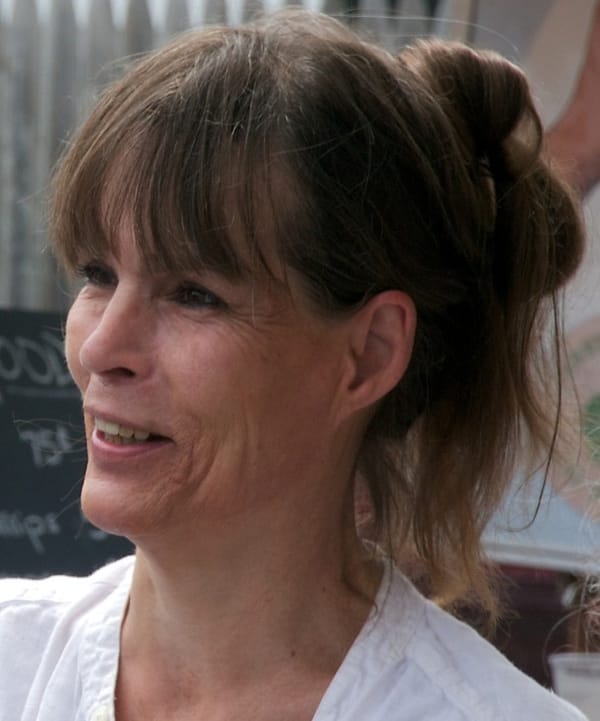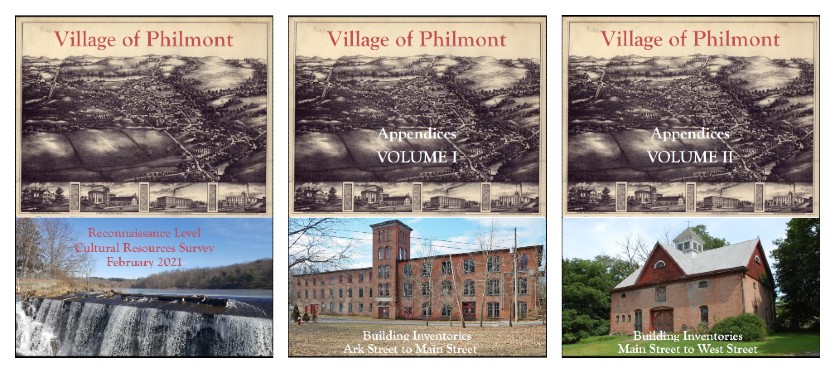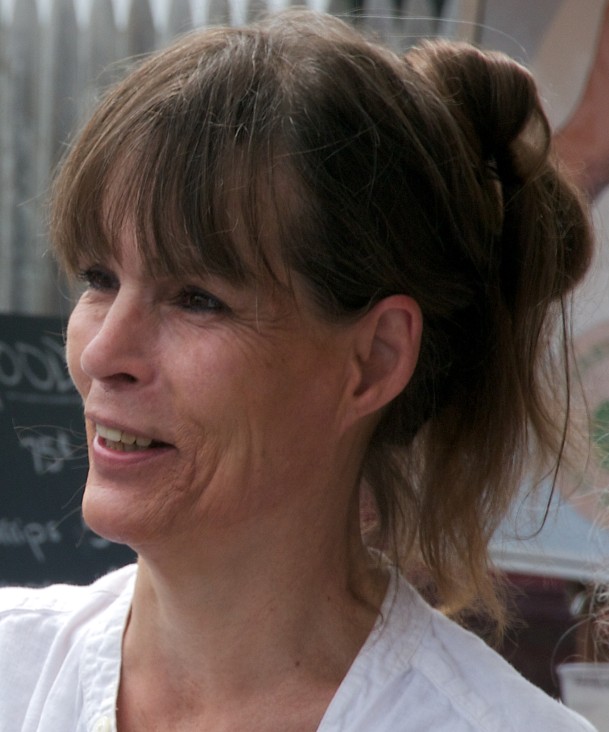The Rural We: Sally Baker
The director of Philmont Beautification Inc. has guided and developed the village's community-based programs for 20 years.

The director of Philmont Beautification Inc. has guided and developed the village's community-based programs for 20 years.

When Sally Baker moved to Philmont, New York (pop. approximately 1,300), the former mill town was "seriously down on its luck." Thanks to a group of like-minded women, including Baker, who created Philmont Beautification, Inc., the town has been revitalized and continues to improve because of the residents’ collaboration and engagement. Baker, who is PBI’s executive director, tells RI about its mission, which is to help revitalize Philmont, but from a bottom-up approach, “like a barn raising,” she says. Baker is a frequent speaker at similar ventures in towns across the country.
I came to the States from England when I was 24 to attend an arts fellowship in painting. I went to New York and worked in the gallery system, and became a contemporary arts curator, doing shows of artists over the world. I had a baby in the city, and by the time he was nine months, he was running; the child needed huge amounts of open space. Loft living in Tribeca was not where it’s at, and I found I could move because of the fax machine. I bought one, headed upstate for the summer and lived on a farm in Red Hook. It was idyllic. I sold my loft and moved up here.
My son was attending the Hawthorne School, and we needed to find a house closer to it. A house came up for sale in Philmont. I didn’t know the town; I'd just driven through it. The town was seriously down on its luck. Philmont Beautification, Inc. started 20 years ago with five women who didn’t know each other. We met on a project, planting a garden on Summit Lake. We began to hang out and talk and wondered if there was something we could do to make a difference and improve the quality of life in Philmont.
We started out doing plantings all over the village. That grew to a project done with Taconic Hills High School to transform a neglected parking lot into the first public mural in the village. We’d already been in contact with Norman Mintz, one of the Main Street movement’s earliest pioneers, who, it turned out, lived in Claverack! We’d been reading his book, Cities Back From the Edge: New Life for Downtown, and he came to our first community outreach meeting to talk about grants. The meeting was standing room only. From that moment on we decided we would pre-develop six buildings, finding people who wanted to buy and open new businesses. Local 111 was one of those first buildings.

We went through three rounds of Main Street funding and developed 22 buildings. PBInc has been involved in everything that’s opened in Philmont since 2007. Now people are visiting the coop and restaurant and realizing this is a really cool community.
This all happened because we developed a community-based planning model. Everyone is a volunteer, and it’s all driven from the bottom up. That model has proven to be incredibly interesting. Each year it changes to respond to what’s on the ground. Now we have a partnership with the Village of Philmont, meeting with them three times a month and attending all of their public meetings.
We have just released a Cultural Resources Survey to see how the community feels about creating a Village of Philmont Historic District. The diversity of PBI programming is what makes it fascinating. It’s the most varied work I’ve ever done. It can be developing a building or working with a small business. It’s full of people —there is something in it for everybody in the village.

